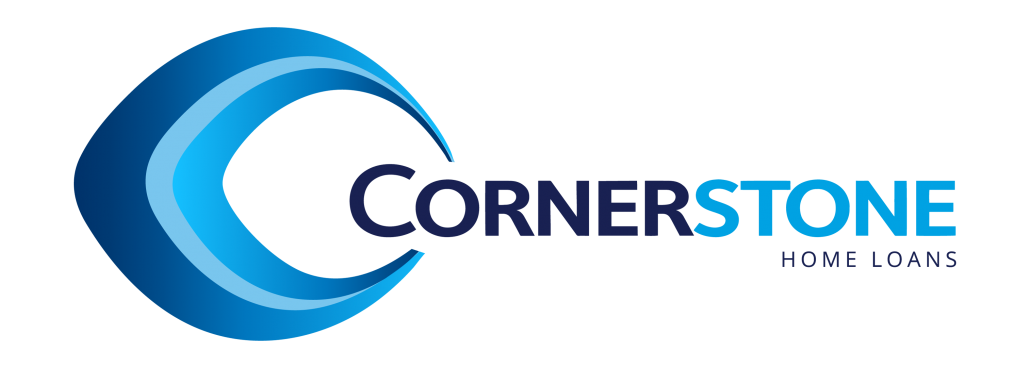3 Simple Tax Benefits That Every Property Investor Should Know
Did you know that you can reduce your taxable income and maximise your earnings from your investment?
It’s important to speak to an accountant before doing so but here are three of the most basic tax benefits that are available to you to help offset the costs of purchasing and earning income from an investment property.
1. Negative gearing
When you’re borrowing to invest in a property and your interest and running costs add up to more than the investment income, you’ve naturally made a loss.
However, by taking advantage of negative gearing tax benefits, this can form part of a healthy property investment strategy.
For example, let’s say that your yearly income is $70,000 and you own a rental property worth $500,000.
The property generates $15,000 per year in rental income but costs about $25,000 per year in mortgage repayments and maintenance costs. The $10,000 loss that you’re making will reduce your taxable income to $60,000.
Since you don’t have to pay the tax on that $10,000, you’ll save about $3,000 per year in tax.
You’re still technically losing money but investors use a negative gearing strategy because they believe that the property’s growth will be higher than the costs of owning the property and paying off the mortgage.
With interest rates as low as they are at the moment, many investors are getting considerable benefit from adopting negative gearing as part of their strategy.
2. Depreciation
Depreciation is the reduction in the value of an asset over time. Investors can claim as a deduction on their overall income.
As an investor, you can claim a tax deduction for the decline in value of the building, equipment and furniture that make up your rental property.
To put this in numbers, let’s say you bought a house today for $600,000 and that house cost $250,000 to build in 2000. By using depreciation, you could claim up to $6,250 every year until 2040.
Keep in mind, this just covers the depreciation of the building: you can also claim a tax deduction for smaller assets like furniture, carpet, air conditioning systems, ovens, dishwashers and hot water systems.
When you sell the property, however, you have to pay tax for the profit you gain from the sale of the property. The depreciation that you’ve claimed over the years will be added into the calculation of this tax.
Despite this, many investors like to claim depreciation and pay more later in tax.
If you’re only finding out about this now, no worries. You can still backdate a claim but it’s recommended that you talk to a qualified accountant to find out how much you can claim.
3. Have you heard of the Tax Variation Form?
Generally, as an employee, you’ll get a tax refund at the end of the financial year (if you’re lucky!).
As a property investor though, it may be difficult for you to wait 12 months because you need to keep paying your home loan and other running costs such as landlords insurance, accountants fees (unless you’re managing your finances yourself), real estate agent fees (to manage your property), council rates and maintenance costs.
To better deal with these ongoing cash flow problems, you can apply for a Tax Withholding Variation through the Australian Taxation Office (ATO) and, once approved, you can receive tax breaks each time you receive your salary.
For example, your weekly gross income is $1,000 and you’ve estimated a $200 loss on your rental property, you can apply for a variation to have your tax withholding rate calculated based on your estimated taxable income of $800 ($1000-$200) per week.
If your application is approved, you’ll only need to pay tax on $800 and receive the remaining $200 tax-free. It leaves you with more money in your pocket from your salary, helping you to manage your investment property.
Capital gains tax – another consideration
You’ll have to pay capital gains tax (CGT) whenever you make a profit on the sale of your property.
For example, if you purchased a property for $500,000 and later sell it for $550,000, the $50,000 profit is your capital gain. This profit is then added to your taxable income and it will affect how much you pay in tax.
A CGT discount is available for investment properties that have been acquired after 21 September 1999 and are held for at least 12 months. Individuals and trusts only have to pay tax on 50% of their capital gain.
This means that if you’re an individual investor and your capital gain amounts to $50,000 then you’d only have to pay tax on $25,000.
Self-managed super funds (SMSFs), on the other hand, only have to pay CGT on 10% of their profits from the sale of their property.
If the beneficiaries from an SMSF are retired individuals then they don’t have to pay any CGT at all.
…..
If you are thinking of investing in property get in touch with your local Cornerstone Home Loan finance broker to discuss your options.




